St. George Spirits
Our tour of the ingredient-driven artisanal California distillery

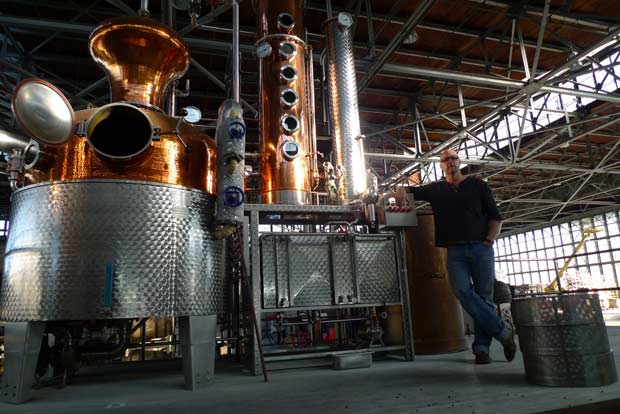
The building that houses St. George Spirits in Alameda, CA may look like a naval air hangar on the outside, but inside lies a vast warren of copper pot stills and casks filled with artisanal spirits. St. George was founded in 1982 to make eau de vie fruit brandies, and the process of making handcrafted eau de vie continues to influence their development of other spirits. Since its inception, the distillery has evolved into a comprehensive operation making whiskey, gin, rum, Qi Tea Liqueurs, and is even developing an aged balsamic vinegar.
Master distiller Lance Winters has been on a 16-year journey to make magic at St. George, and he describes his work as if he were tinkering away in some kind of fantastical workshop. With no shortage of projects on hand, Winters is currently planning a move to a much larger laboratory and is working on the release of a single malt whisky with a special bottling from a single barrel later this year, in celebration of their 30th anniversary. In about two years, Winters’ organic corn rye whiskey and California bourbon will be ready for release. We caught up with Winters to get a tour and hear more about his successful passion.
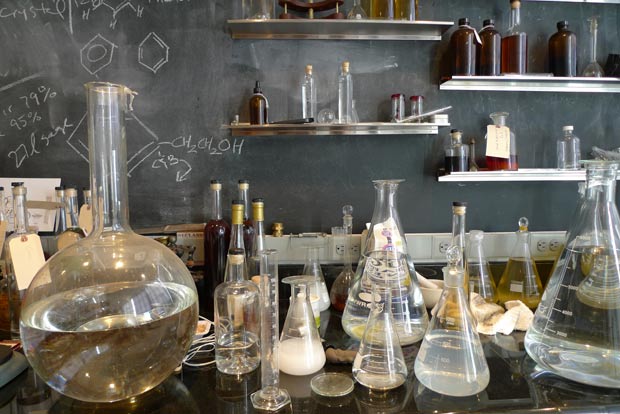
What are you working on in here in your lab?
This is where most of our projects start. I run individual botanicals through one of these small stills to be able to see how it is going to express itself. I have one friend who is growing organic rye up by Mt. Shasta. We have brought down some of that rye, mashed it in here, fermented it and distilled it in the stills and it’s lovely. I also decided to make bourbon. Bourbon is a lot of fun because you have so much latitude to play around with the grain bill. It’s like making chocolate or coffee—bringing out different characteristics when you roast the grain.

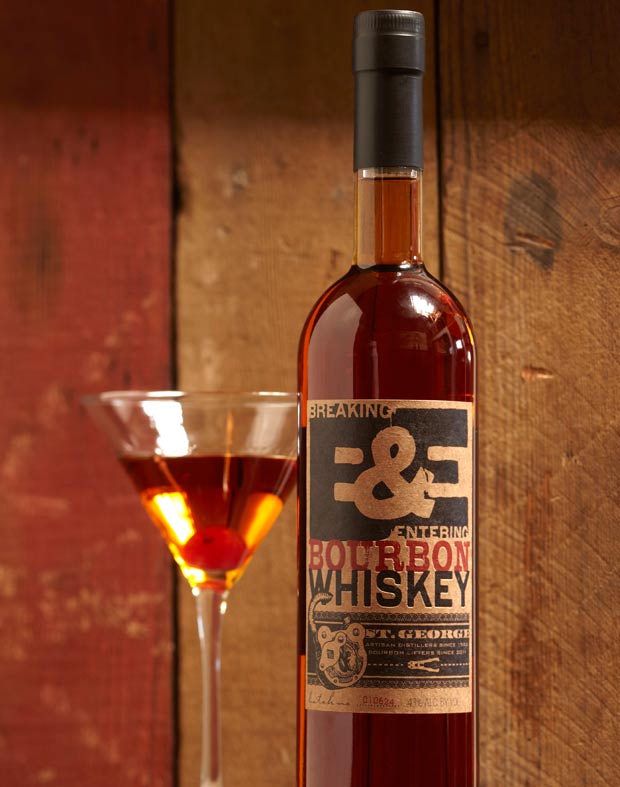
How did the idea for your Breaking & Entering Bourbon bottling come about?
Dave Smith is responsible for putting together our whiskey for bottling. He goes through and smells and tastes everything we’ve got and determines what is going to go into a given bottling. He is so good at it, I thought, what if he had access to a bunch of bourbon barrels? What could he do? So we went to a bunch of different bourbon distilleries. We brought 320 barrels back with us. It took him about three months to taste from all of them. He made notes and decided how they would best be blended together to be able to make a “super bourbon”—a Compass Box style of American bourbon. I think Compass Box is fantastic. We bottled ours under the name Breaking & Entering. We were careful to let people know that we did not make this, but we blended it. We love it.
You are aging balsamic vinegar too?
This balsamic vinegar has been aging for 14 years. It’s thick and syrupy. There is no way to short-circuit this process. I want to learn how to blow glass and make my own bottles.
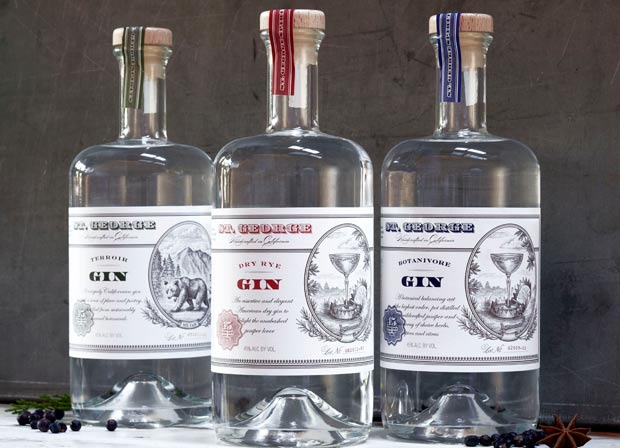
How did you develop your three gins? (Terroir, Botanivore, and Dry Rye Gin)
Five years ago I started talking about how much in love I am with the parklands around here. My son was going to a day camp. I’d pick him up in the afternoons and the smell was pine trees and wild fennel, bay laurel, and dirt. I love that smell of the earth between the dry dusty component and the decomposing mulch of the woodlands. I thought that would be something really great to distill, but then I shelved the idea. A couple of years later, I started thinking about making a gin with the flavors and smells of the forest. They all have an affinity for some traditional part if the gin profile. If you’ve hiked Mt. Tamalpais you will recognize the profile. We bring in Douglas fir and infuse it in high proof alcohol. We have been drawing it off and taking that liquid and putting it in the stills. It tastes like a sweet Christmas tree.
We also make a gin called Botanivore, a very broad, beautiful refreshing style of gin designed for tropical climates that is great for gin and tonics. As soon as you throw a little tonic in there, the dill seed in it explodes making it very green and herbaceous. It’s really good in a martini too.
At the opposite end of the spectrum is the one we start with a pot-distilled rye. It’s like a rye whiskey that hasn’t touched a barrel yet. Rye already has a lovely peppery nature to it that helps bump up some of the juniper berry qualities. We use 50% more juniper berries and crack them open to get more surface area. We add black peppercorns, caraway seed, lime and grapefruit peel. It’s my favorite cocktail base for a Negroni or to treat is as a rye in an Old Fashioned.
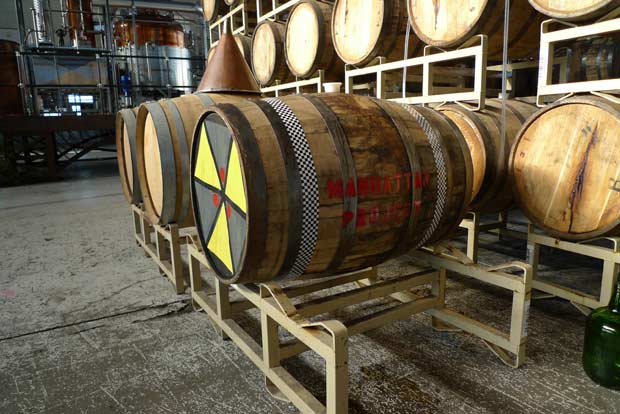
So are your spirits for cocktail geeks?
Our customers don’t need to be experts, they just need to know what they like and what makes their palette tingle. We need to be experts at what we like and that’s basically where everything starts. We’ve been able to find enough people who think like us to keep us going.












